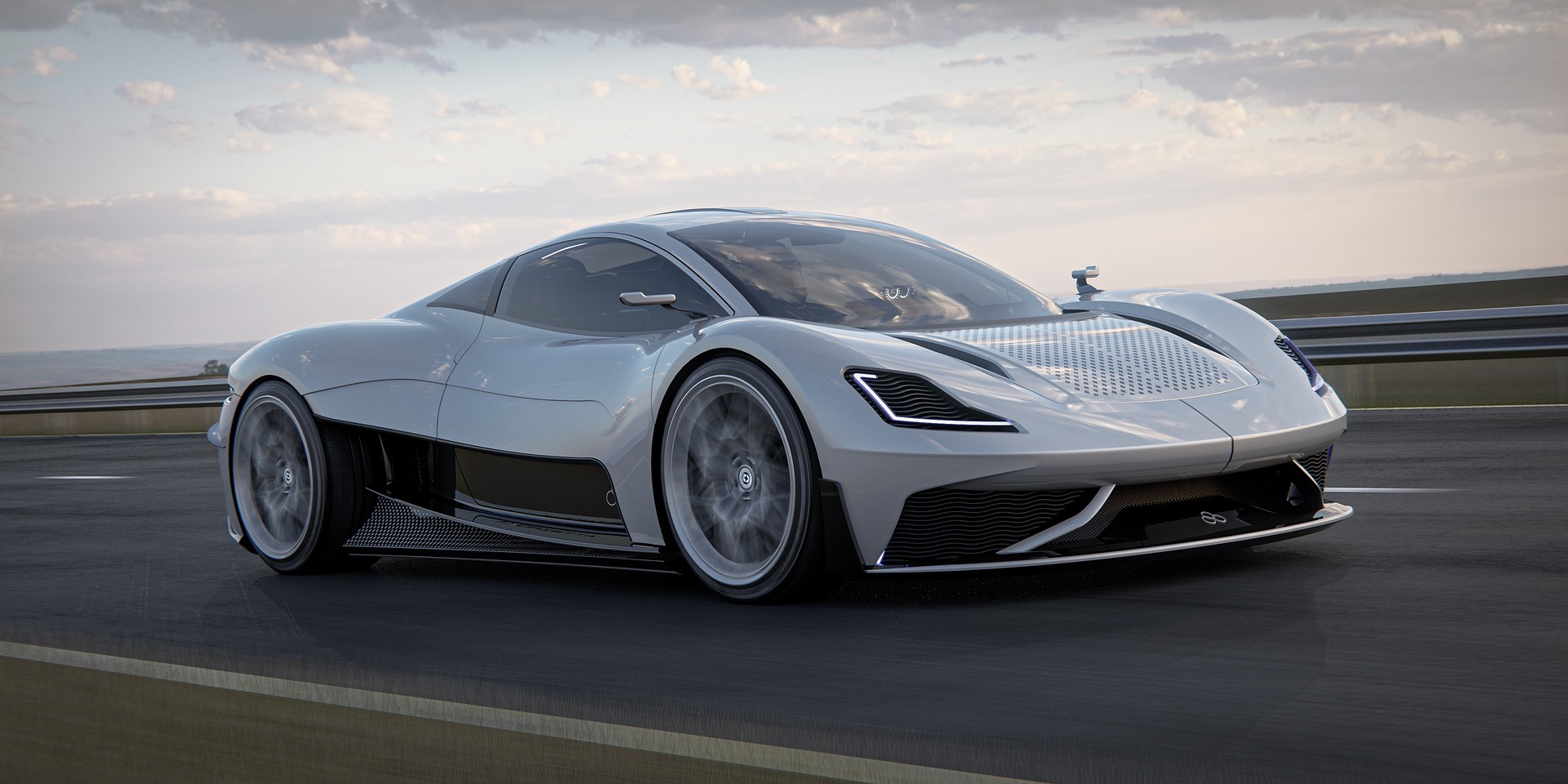The Intricate Dance of Torque Vectoring: Mastering the Art of Cornering
The world of autos and driving has always been one of constant evolution and innovation. As technology advances, so does the driving experience, becoming safer, more efficient, and most importantly, more exhilarating. One such technology is Torque Vectoring, a relatively recent innovation that is revolutionizing the way we navigate corners.

What is Torque Vectoring?
Torque Vectoring is a system used in vehicles to improve their handling and stability. It works by varying the power sent to each wheel, allowing for more precise control over the vehicle’s movement. This technology was initially developed for high-performance cars, but it has since worked its way down to more common vehicles, enhancing the everyday driving experience.
A Brief History of Torque Vectoring
Torque vectoring has its roots in the world of motorsports, with the first systems appearing in the 1980s. These early systems were mechanical and used differentials to distribute torque between the wheels. However, these systems were rudimentary and could only send more power to the outside wheel in a turn.
The true revolution in torque vectoring came with the advent of electronic systems, which allowed for much more precision in the distribution of power. The first of these systems was introduced by Mitsubishi in 2008, and since then, the technology has been adopted by several major automakers.
The Impact of Torque Vectoring
Torque vectoring has a profound impact on the driving experience. It improves the vehicle’s grip on the road, allowing for more aggressive cornering and enhanced stability. This results in a more responsive and agile vehicle, providing a more enjoyable and engaging driving experience.
However, there are also challenges associated with torque vectoring. These systems are complex and expensive, which can drive up the cost of the vehicle. Additionally, they can increase the weight of the vehicle, which can negatively affect fuel efficiency.
Current Trends and Developments in Torque Vectoring
In recent years, we have seen a trend towards more advanced and sophisticated torque vectoring systems. These systems are becoming more precise, allowing for even better control over the vehicle’s movement. Some systems can now distribute torque not only between the front and rear wheels but also between the left and right wheels. This allows for a level of control that was previously unimaginable.
The Future of Torque Vectoring
The future of torque vectoring is looking bright. With advancements in technology, these systems are becoming more affordable and efficient, making them accessible to a wider range of vehicles. Furthermore, as electric vehicles become more prevalent, torque vectoring can play a crucial role in improving their performance and handling.
In conclusion, torque vectoring is a transformative technology that is reshaping the world of driving. Despite the challenges it faces, its benefits are undeniable, and its potential is vast. It has already made a significant impact on the driving experience, and it will continue to do so in the future. It is indeed a testament to the relentless spirit of innovation and progress that drives the automotive industry.




